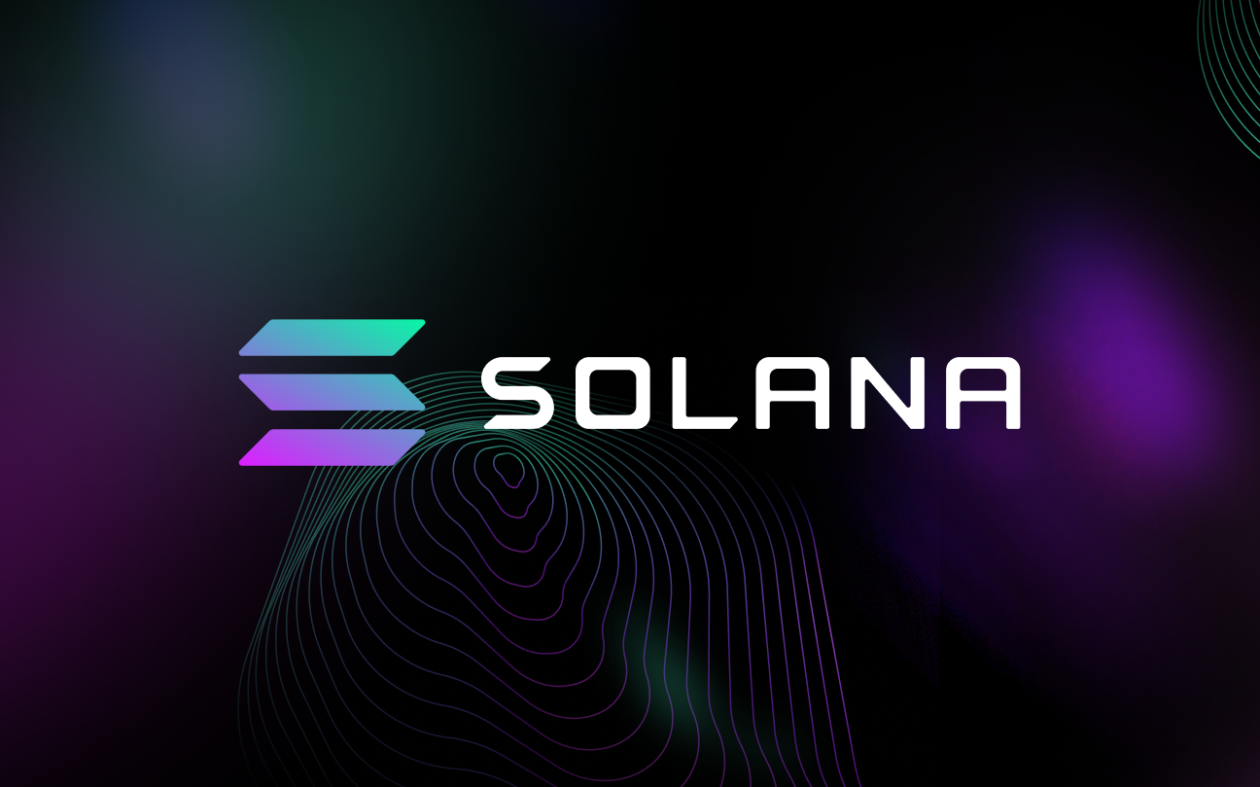Innovation is a key trait of Blockchain technology, and Solana stands at the forefront in this regard. This high-speed platform has taken the industry by storm with its exceptional transaction speeds, thriving community, and diverse functionalities. Yet, a recent 5-hour outage sent shockwaves through the ecosystem, casting doubt on its stability and decentralization. Here is a take on the recent blackout and what this implies for Solana.
Solana- A High-Performance Powerhouse
Solana has impressed developers and users alike with its impressive capabilities, for instance, its amazing processing speed that has dwarfed most competitors and solidified its position as a speed demon. The activity on Solana is bustling, with daily active users surpassing even established giants like Bitcoin and Ethereum. This thriving community drives innovation and the platform’s growth.
Another impressive feature is its extensive applications; from the intricacies of decentralized finance (DeFi) to the fascinating non-fungible tokens (NFTs), Solana caters to a vast array of needs and has become a versatile hub for Blockchain exploration.
The Outage
However, in recent times, instability has marred Solana’s standing. On February 6th, 2024, the Solana network plunged into darkness, succumbing to its 11th unplanned outage in two years. This 5-hour blackout came after a promising 351-day streak of uptime, somewhat shattered the illusion of complete stability, and raised concerns about the network’s reliability.
What triggered this disruption? A hidden bug lurking within Solana’s validator software came out to be the culprit. This vulnerability exposed the network’s potential weaknesses:
- Limited client diversity- Unlike its competitor, Ethereum, which has a diverse range of software options for validators, Solana primarily relies on a single client. This dependence creates a single point of failure and makes the network susceptible to similar bugs impacting that particular client.
- Centralized tendencies- While striving for decentralization, Solana Labs maintains a degree of control over the network. This centralized governance, although helpful in situations like outages, contradicts the ideal of a fully decentralized system.
While a swift software patch and network restart brought operations back online, the incident left a lingering restlessness. The question is- can Solana truly stand the test of time?
Seeking Solutions
The recent outage serves as a reminder that, despite its achievements, Solana’s journey toward absolute stability is still ongoing. However, it is pertinent to acknowledge the ongoing efforts and the positive steps being taken to build a more resilient network.
Instead of passively accepting these challenges, Solana is actively pursuing solutions to improve the situation. These efforts, if successful, can turn Solana’s vulnerability into strength.
- Firedancer- Firedancer is an alternative client developed by Jump Crypto. This new option diversifies the software landscape, reduces reliance on a single provider, and mitigates the risk of widespread bug-induced outages.
- Decentralization efforts- The team behind Solana understands the importance of a truly decentralized network. They are actively working to increase validator participation and geographic distribution to create a stronger and more resilient system.
- Greater testing- Solana is also implementing rigorous procedures and inviting community involvement to identify and address potential bugs before they can disrupt operations.
https://www.ccn.com/news/solana-outage-decentralization-software-bug-concerns/
https://www.coindesk.com/markets/2024/02/06/solana-network-suffers-brief-outage-sol-steady/

William Douglas has worked as financial analyst until his retirement. He is a well-known research director and portfolio manager for more than 5 years. After many years in the market, he dedicated all his time to write articles highlighting different financial problems and world news. He also cover news from all over the world.

